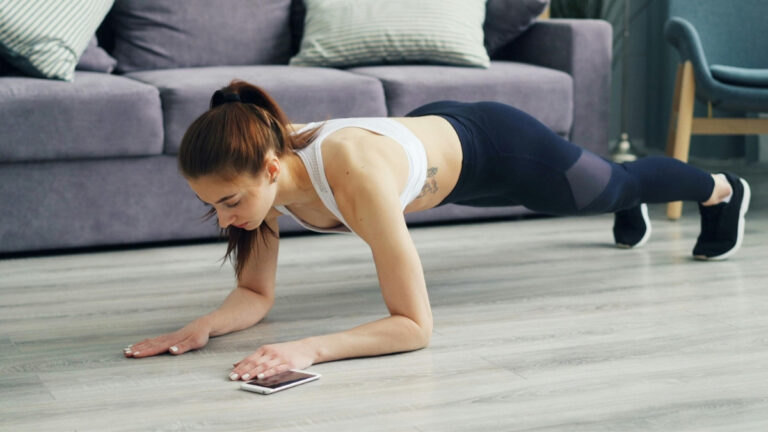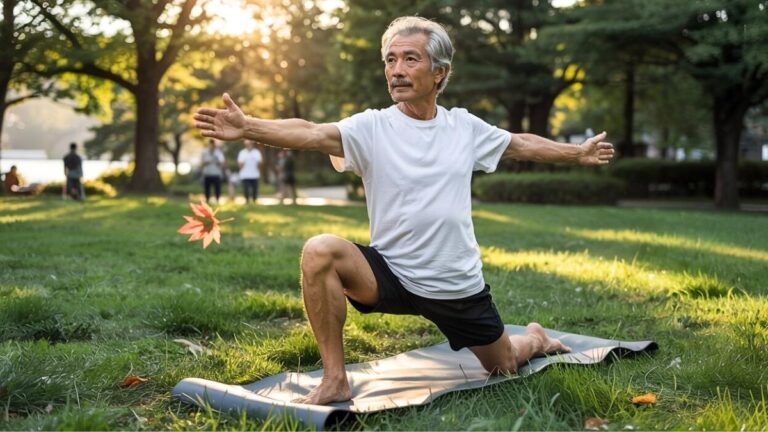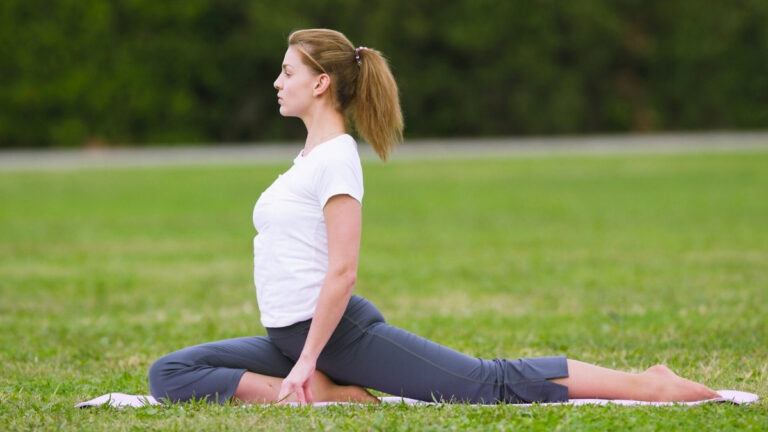Why Your Knees Hurt When You Walk — And the Simple Fix That Helps
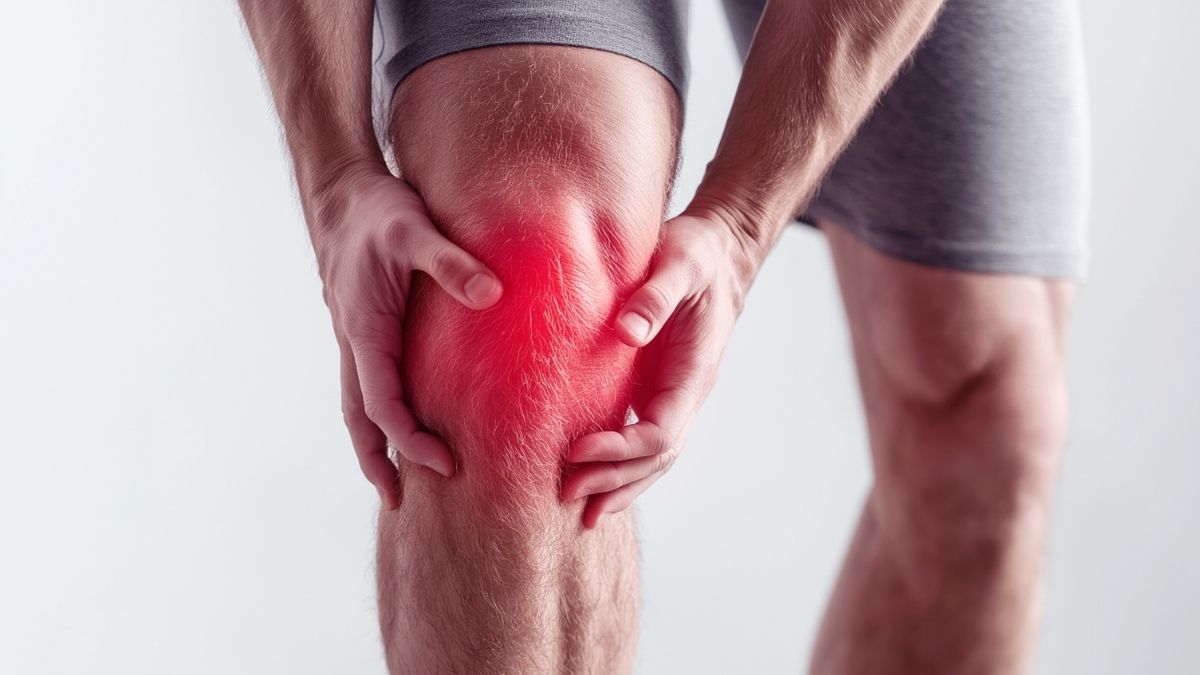
Every step shouldn’t feel like a challenge. But if your knees ache, throb, or send sharp signals with each stride, you know that walking—something we’re designed to do naturally—has become surprisingly painful.
You’re dealing with knee pain when walking, not when you’re sitting or lying down. This makes simple tasks feel impossible. Grocery shopping becomes a race against pain. Climbing stairs turns into a careful, slow process. Even a short walk around the block leaves you limping.
The worst part? You don’t know what’s causing it. Is this arthritis? Did you injure something? Will it get worse if you keep walking, or will rest make it worse? Should you push through or stop completely?
This guide gives you answers backed by 2024-2025 research. You’ll learn the exact causes of knee pain when walking and how to identify which one is affecting you. You’ll discover evidence-based exercises that reduce knee discomfort and simple walking modifications that provide immediate relief.

Most importantly, you’ll know when home treatments work and when you need a specialist. Let’s figure out why your knees hurt and fix it starting today.
Understanding Why Your Knees Hurt When You Walk
Your knees weren’t built to last forever, but they’re tougher than you think. The problem? Walking puts 2-3 times your body weight on each knee with every single step. That’s 300-450 pounds of pressure if you weigh 150 pounds. Do that thousands of times a day, and things start to break down.
Here’s what makes it worse. Every extra pound you carry adds 5 pounds of pressure on your kneecaps when you climb stairs. Gained 10 pounds? Your knees feel 50 extra pounds of force. This explains why knee pain has become so common as more Americans carry extra weight.
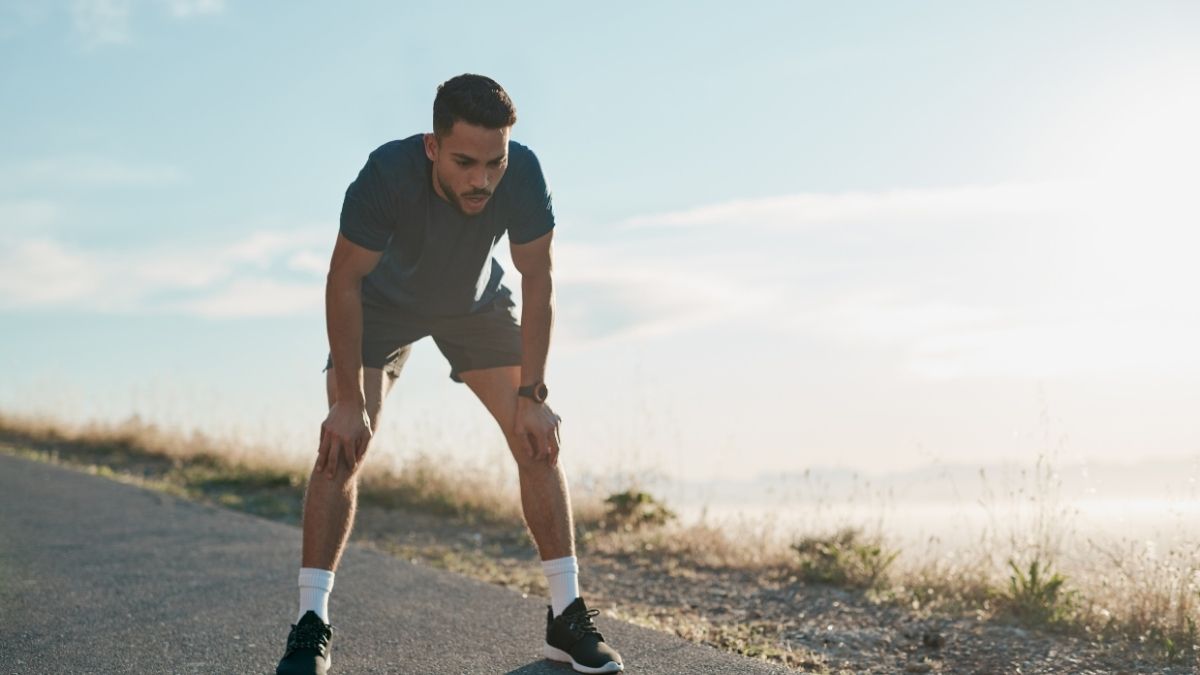
About 1 in 4 adults over 45 deal with frequent knee pain. That number jumps to 1 in 2 people over 75. And it’s getting worse. Knee pain increased by 66% between 1974 and 1994, and that trend hasn’t stopped.
Your knee is a complicated machine. It has cartilage that cushions impact, ligaments that hold bones together, tendons that connect muscles to bones, and muscles that control movement. When any part fails, the whole system suffers.
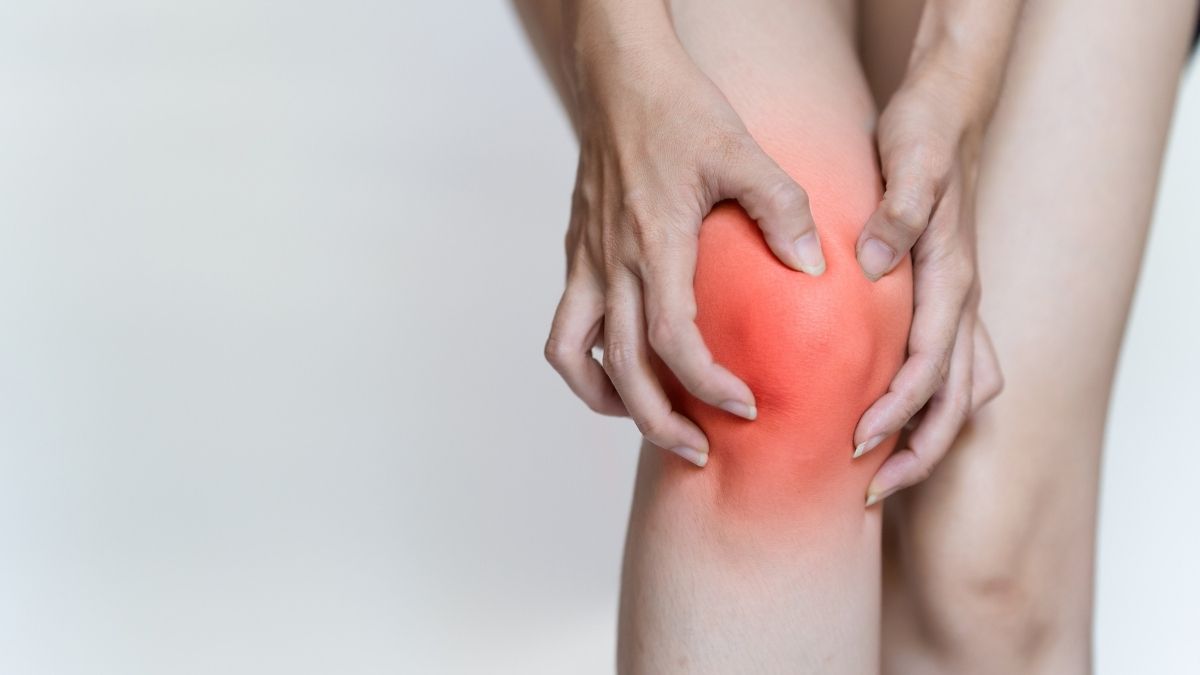
Why does it hurt when you walk but not when you sit? Movement creates friction and pressure that sitting avoids. Walking also requires all those parts to work together smoothly. If your cartilage is worn, your muscles are weak, or your alignment is off, each step reminds you something’s wrong.
The 7 Most Common Causes of Knee Pain When Walking
Your knee pain has a specific cause. Find yours here, and you’ll know exactly what to fix.
1. Osteoarthritis (The Wear-and-Tear Problem)
This is the number one cause of knee pain in people over 50. Your cartilage slowly breaks down over years. Eventually, bone rubs directly on bone. It hurts.
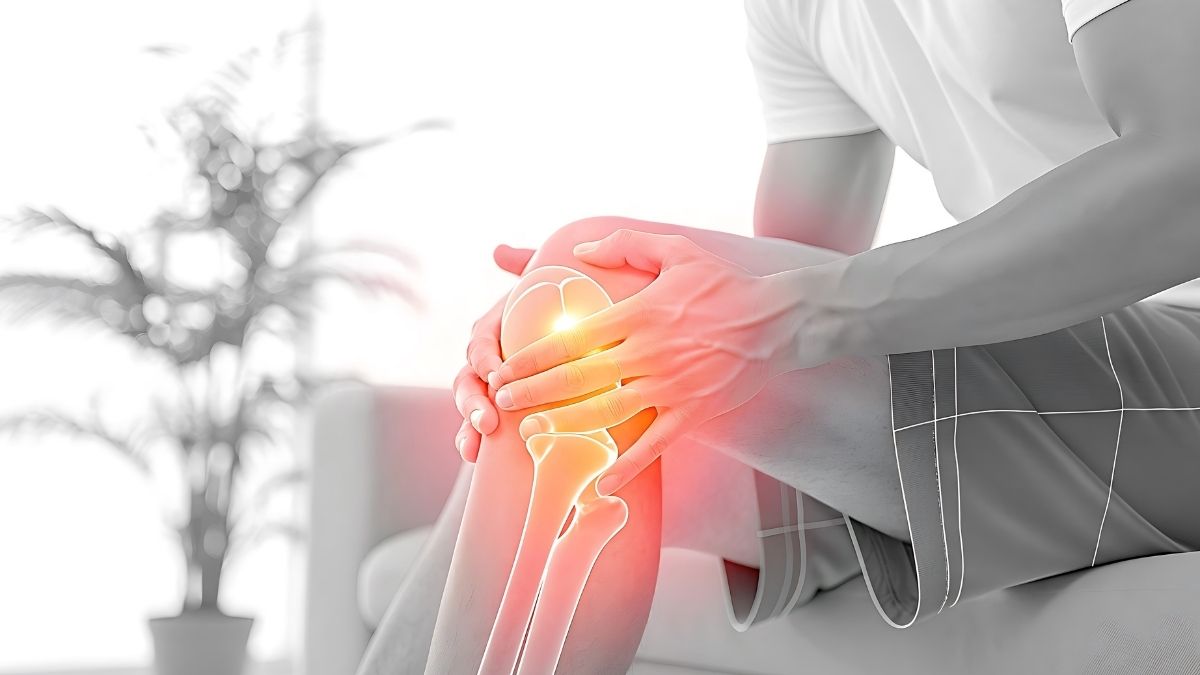
Here’s how you know it’s arthritis: Your knees feel stiff first thing in the morning. They hurt after sitting through a movie or long car ride. But when you start moving gently, the pain gets better for a while. Walking helps at first, then makes it worse after 20-30 minutes.
2. Runner’s Knee (And You Don’t Even Run)
Pain sits right around or behind your kneecap. Despite the name, you don’t need to be a runner to get this. Climbing stairs feels terrible. So does sitting with your knees bent for too long.
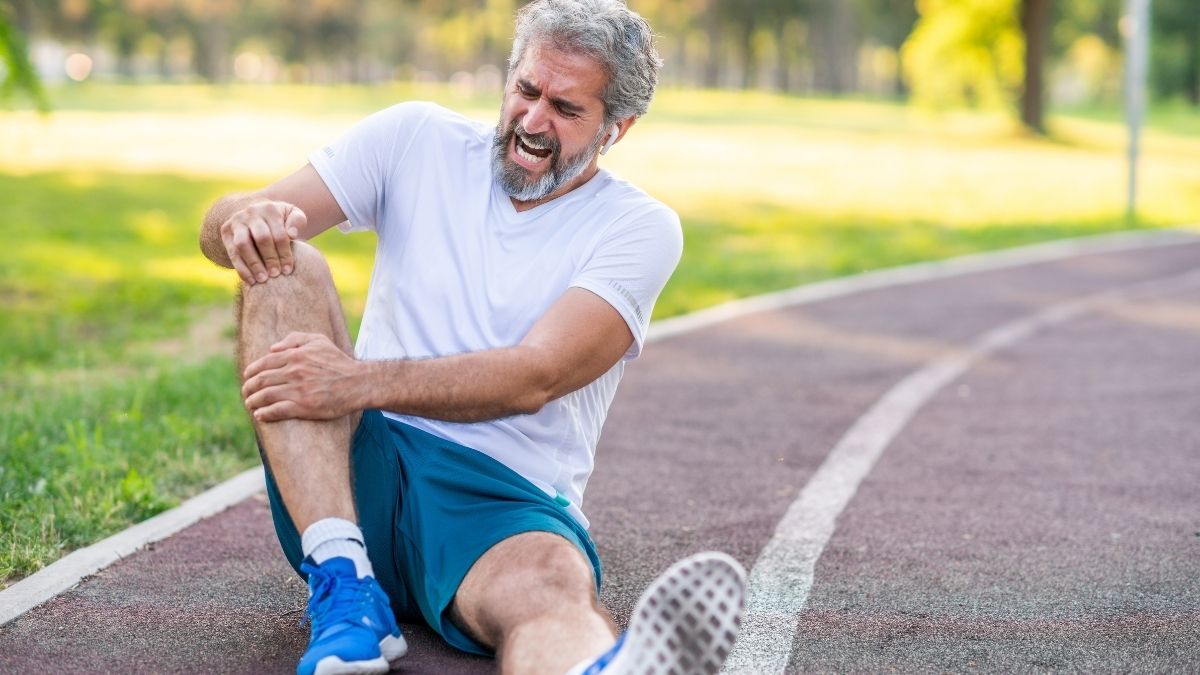
You might notice it after a long day of walking through the mall or standing at work. The pain feels dull and achy, not sharp. Your kneecap might crack or pop when you bend it.
3. Meniscus Tears (The Twist That Won’t Heal)
Your knee catches or locks up when you walk. This happens because torn cartilage gets stuck in your joint. You might feel a sudden twist caused it, or it developed slowly over time as your meniscus wore down.
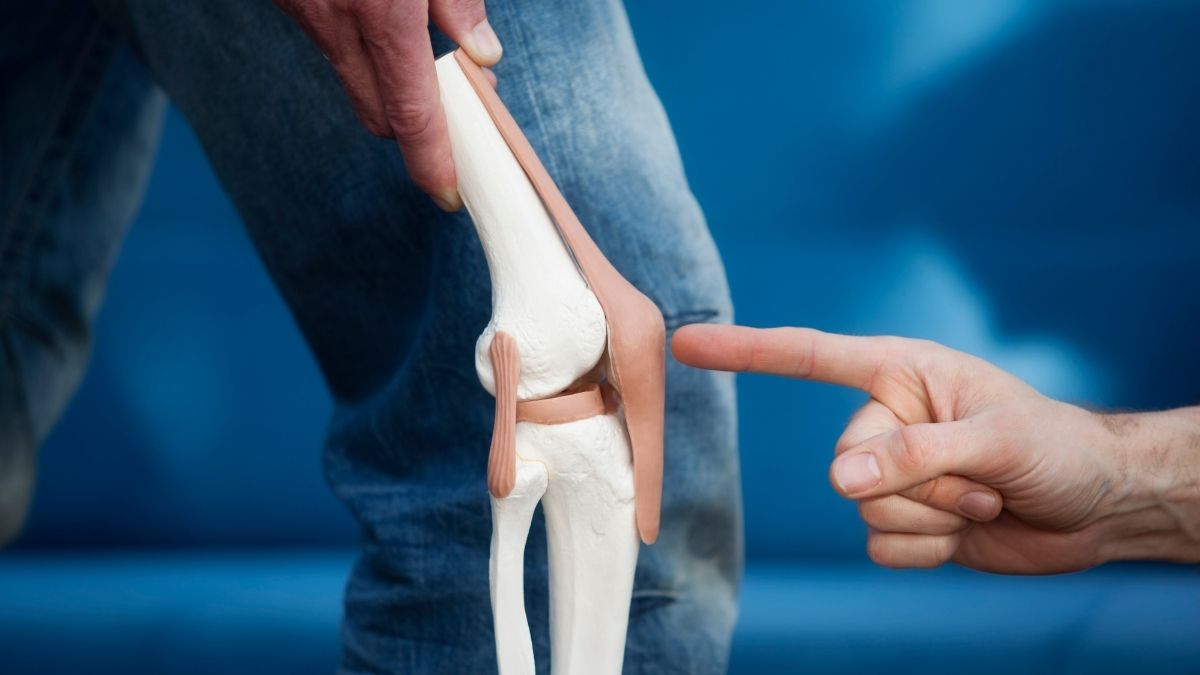
The pain sits along the sides of your knee, not in front. Squatting or twisting feels impossible. You might feel your knee give out without warning.
4. IT Band Syndrome (That Sharp Outside Pain)
Sharp pain shoots down the outer side of your knee. Your IT band is a thick tissue that runs from your hip to your knee. When it gets tight or inflamed, every step hurts.
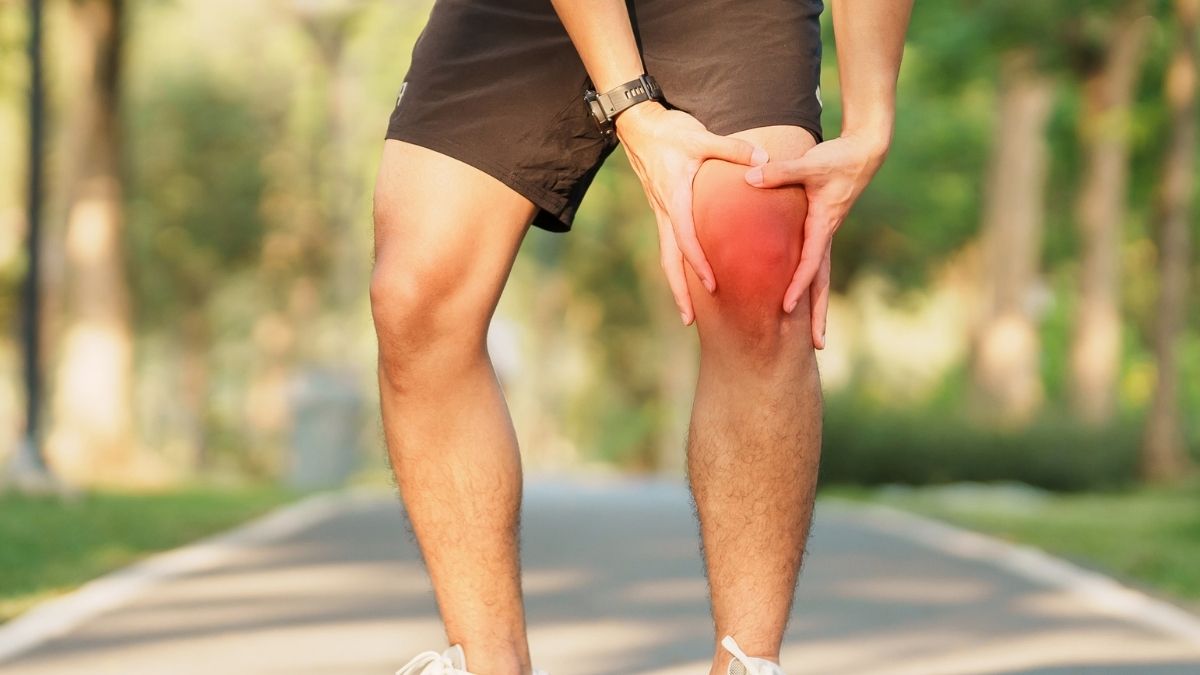
This often happens when your hip muscles are weak or your running form is off. The pain gets worse the longer you walk. Pressing on the outside of your knee makes you wince.
5. Ligament Injuries (When Your Knee Feels Loose)
Your knee wobbles or feels unstable when you walk. You might have sprained or torn one of four main ligaments: ACL, PCL, MCL, or LCL. These injuries usually happen from sports, falls, or sudden direction changes.
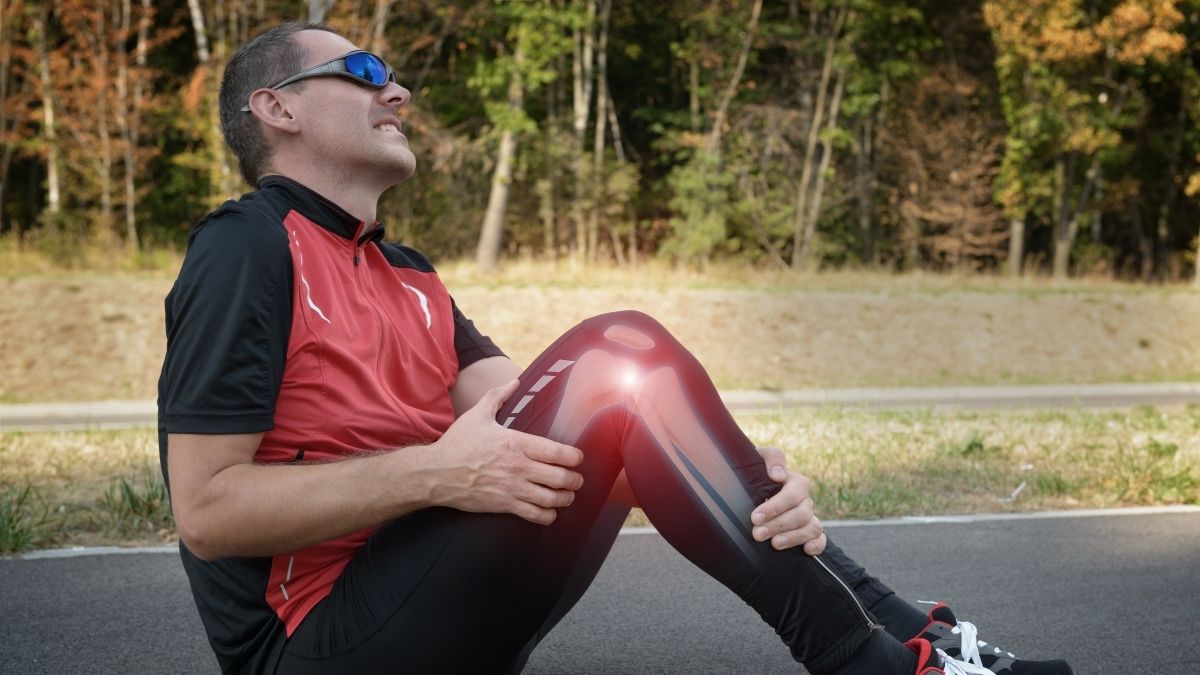
You’ll remember the moment it happened. Your knee might swell fast. Walking feels unsafe, like your leg might buckle.
6. Tendinitis (The Overuse Injury)
Pain sits right in front of your knee, below the kneecap. This comes from doing too much, too fast. Your tendons get inflamed from repeated stress. Jumping, climbing, or lots of walking can trigger it.
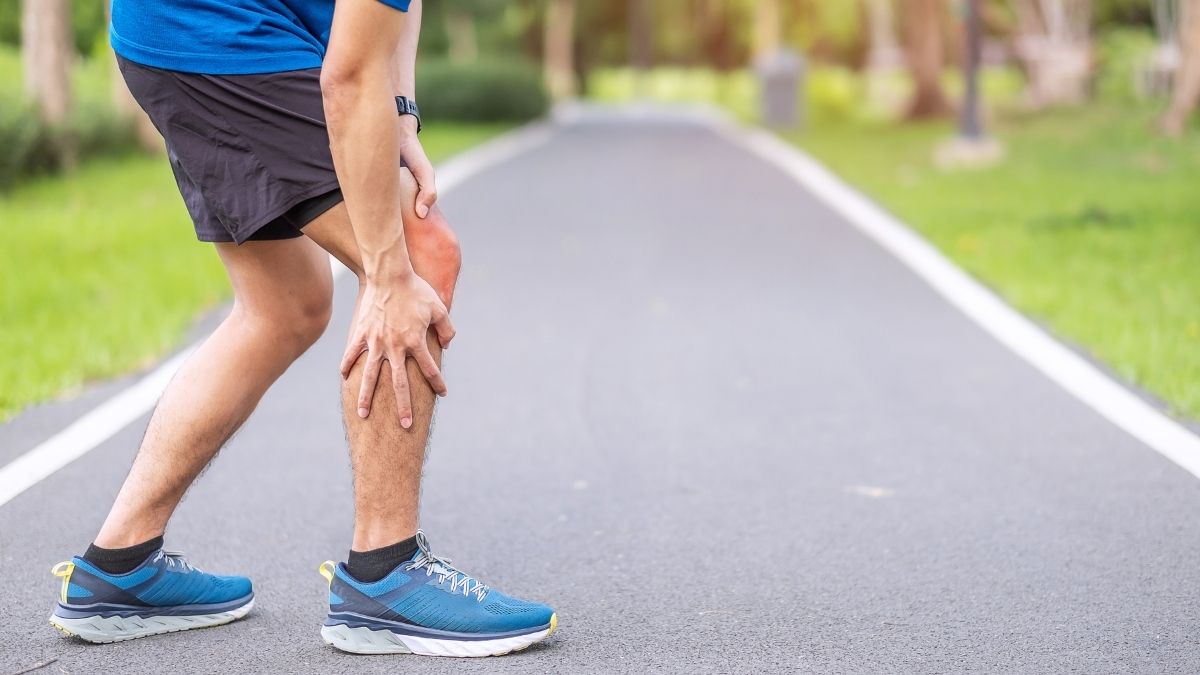
The pain gets worse when you’re active and better when you rest. It feels tender when you press on it.
7. Baker’s Cyst (The Lump Behind Your Knee)
You feel tightness and swelling behind your knee. This fluid-filled bump develops when excess joint fluid gets pushed to the back of your knee. It’s often a sign something else is wrong, like arthritis or a meniscus tear.
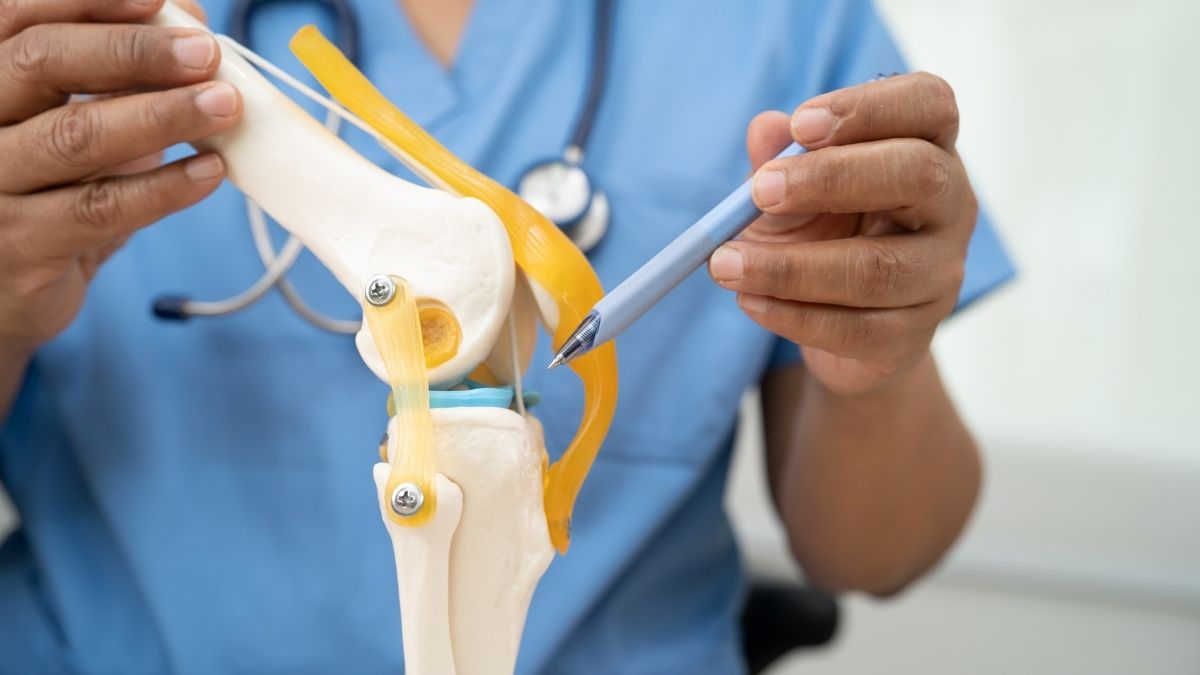
Walking feels tight and uncomfortable. Bending your knee fully is hard. You might see or feel a soft lump behind your knee.Retry
The Simple Walking Fix That Actually Works
You don’t need surgery or expensive treatments. A tiny change in how you walk can cut your knee pain significantly.
The 2024-2025 Breakthrough Research
Stanford researchers found that changing your foot angle while walking reduced pain as much as taking ibuprofen or even stronger pain meds. They studied people with knee osteoarthritis and discovered something simple works incredibly well.
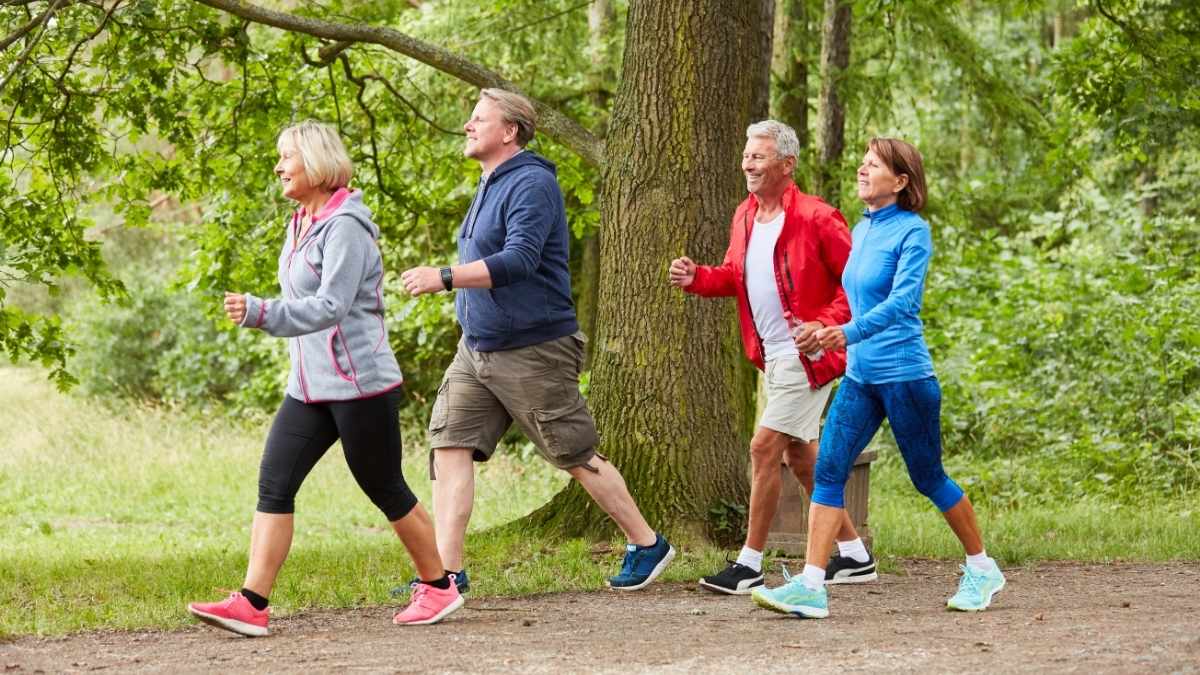
Here’s what happened. People who adjusted their walking style reduced knee loading by 4%. That might sound small, but it makes a huge difference. MRI scans proved it. Their knee cartilage showed less wear and tear after just weeks of practice.
The fix? Turn your toes in or out by 5-10 degrees when you walk. That’s it. This small adjustment changes how force hits your knee joint. Less force means less pain and slower breakdown.
How to Fix Your Gait at Home
Figure out which way to turn your feet based on where your knee hurts. Pain on the inside of your knee? Try turning your toes slightly outward. Pain on the outside? Turn them slightly inward.

Start with 5 degrees. That’s barely noticeable. Stand in front of a mirror and practice. Your feet should point just slightly in or out, not dramatically. Walk around your house this way for 20 minutes each day.
It feels weird at first. Your brain needs time to make this your new normal. Most people see real results within 6 weeks. Some notice improvement in just 2-3 weeks.
Get Your Walking Form Right
Your gait adjustment works better when your overall form is correct. Pull your shoulders back. Tighten your core like you’re bracing for a punch. This keeps your body aligned properly.
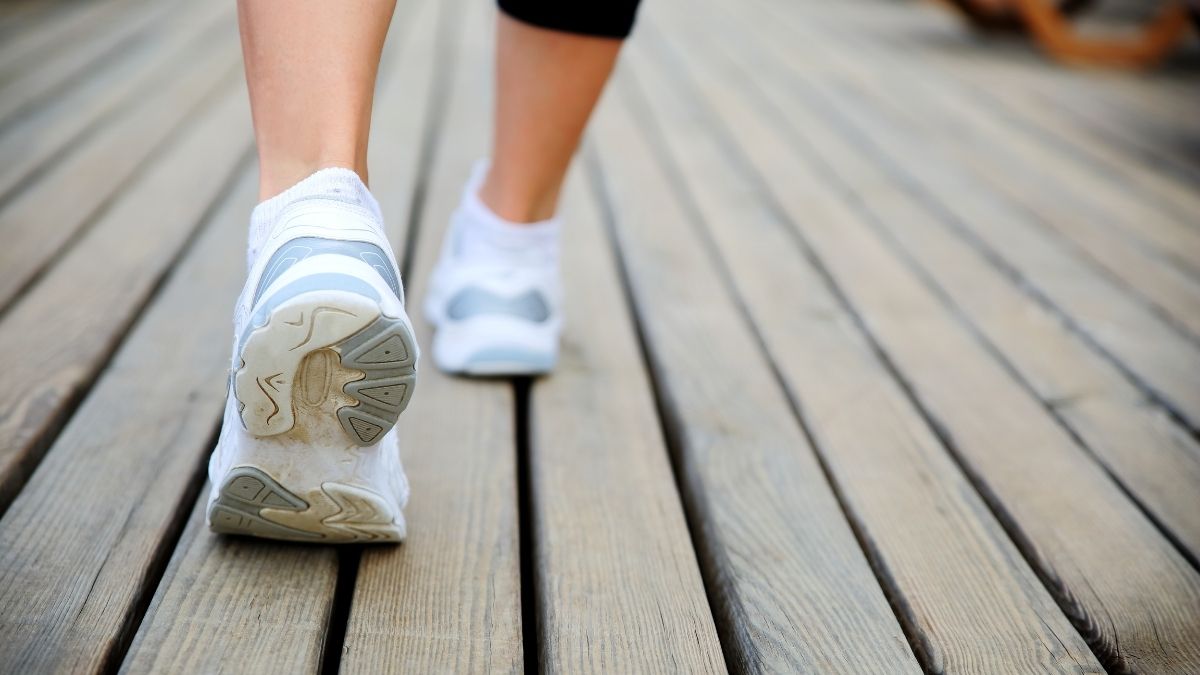
Stop pounding your heels into the ground. Land on your midfoot instead. This spreads impact more evenly across your knee. If walking still hurts, take shorter steps. More steps with less force beats fewer steps with heavy impact.
Practice for 5 minutes before each walk. Your body will adapt. The new form becomes automatic. Then you’re protecting your knees with every single step you take.
Evidence-Based Exercises That Reduce Knee Pain
The right exercises fix knee pain better than pills. Here’s exactly what to do, backed by 2024-2025 research.
Aerobic Exercise Beats Everything Else
Walking and cycling offer the best pain relief and mobility gains for knee osteoarthritis. This comes from major studies comparing different exercise types. Aerobic movement wins every time.
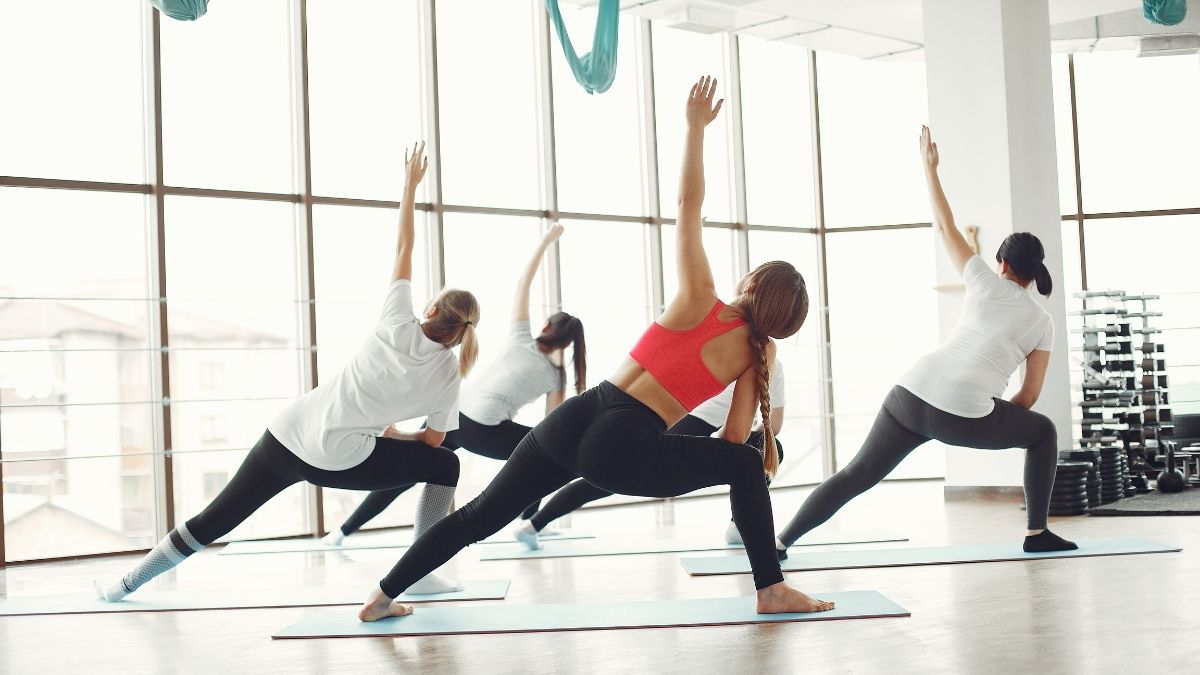
The top three knee-friendly exercises are stationary cycling, brisk walking, and pole walking. These keep you moving without pounding your joints. Start with 10 minutes and work up to 30 minutes daily. Your knees need regular movement to stay healthy, not rest.
The 5 Exercises That Work Best
1. Quad Sets (Easiest Starting Point)
Sit on the floor with your legs straight. Tighten your thigh muscle and push the back of your knee down into the floor. Hold for 5 seconds. Relax. Do 10 reps on each leg.
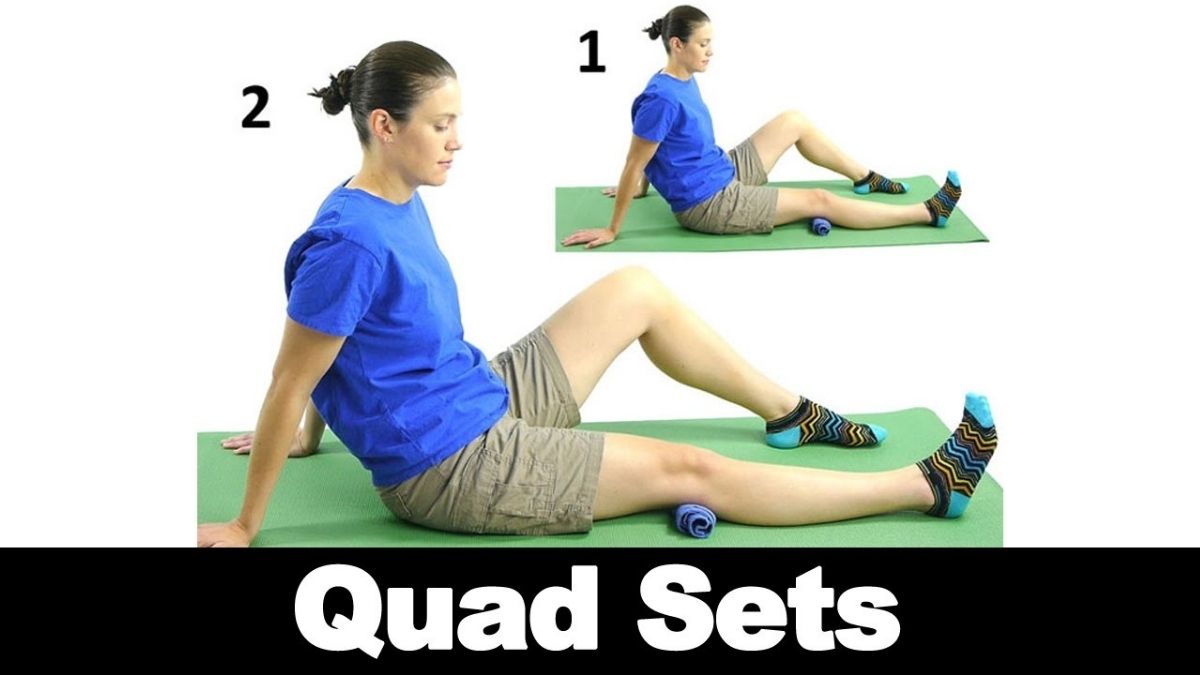
You should see your kneecap move up slightly when you squeeze. This strengthens the muscle that protects your knee. Do this anywhere, even sitting at your desk.
2. Straight Leg Raises (Builds Real Strength)
Lie on your back with one knee bent, foot flat on the floor. Keep your other leg straight. Tighten your thigh and lift that straight leg 6 inches off the ground. Hold 3 seconds. Lower slowly. Do 10 reps, then switch legs.
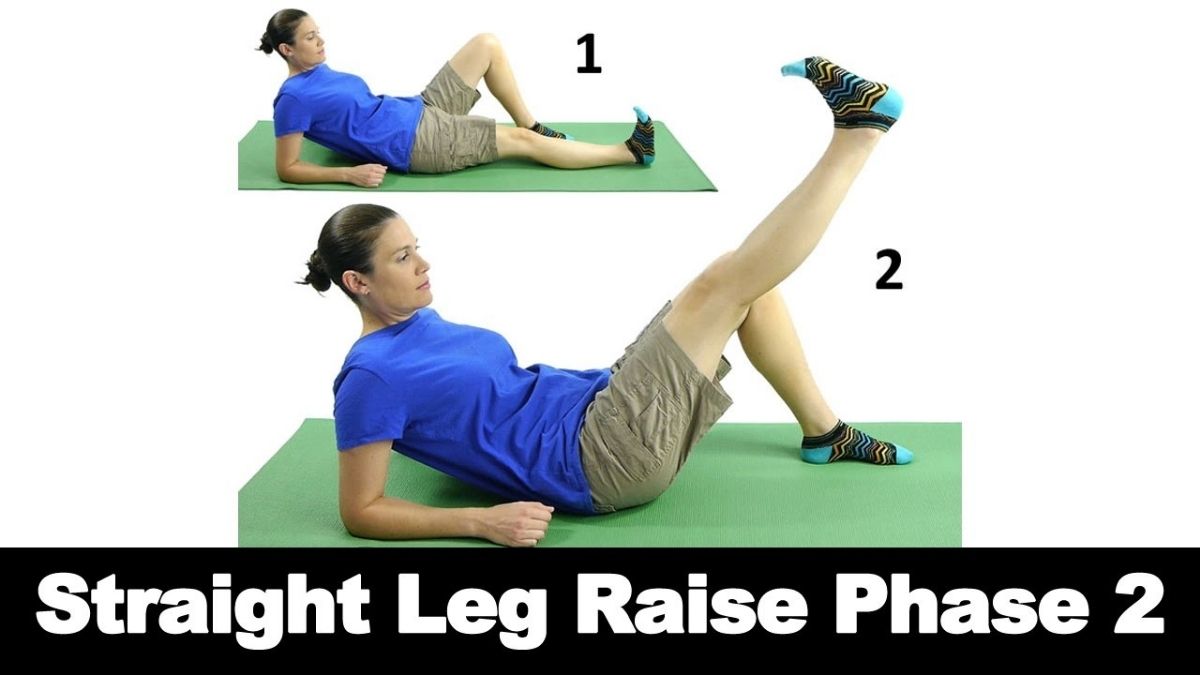
Keep your knee completely straight the whole time. If it bends, you’re working the wrong muscles. This targets your quadriceps without bending your knee joint.
3. Wall Sits (The Burn That Heals)
Stand with your back against a wall. Slide down until your knees bend to about 45 degrees. Not a full squat. Hold for 10-15 seconds. Stand back up. Rest 30 seconds. Repeat 3 times.
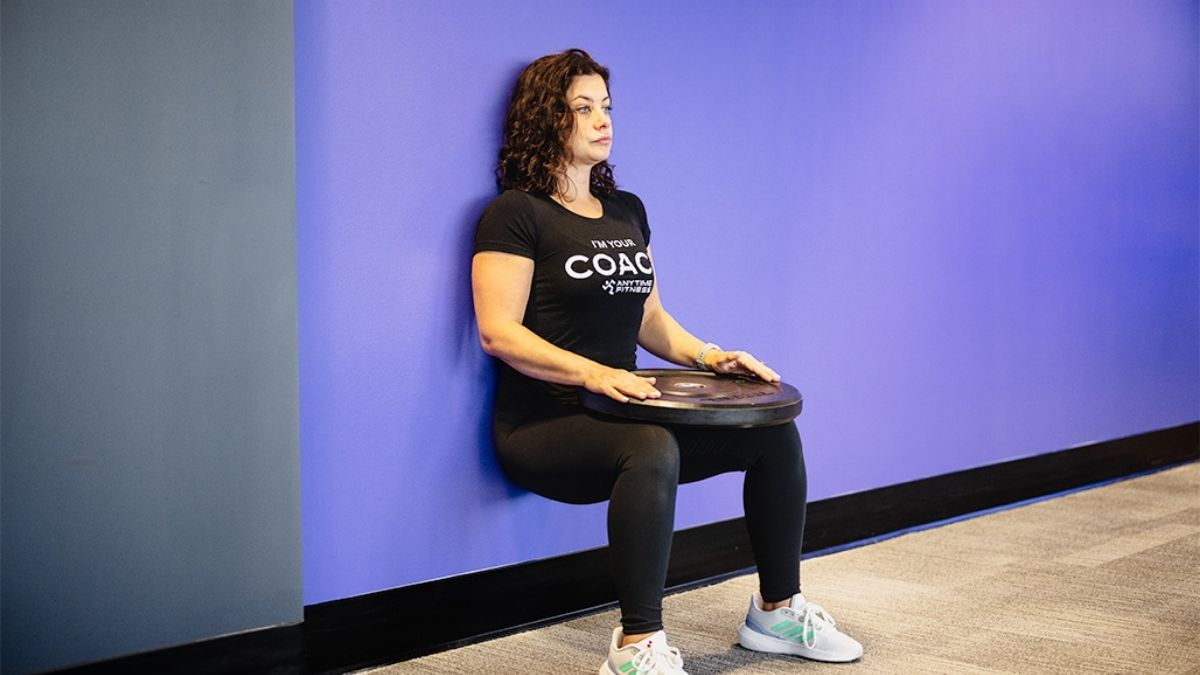
Your thighs will burn. That’s good. As you get stronger, hold for 20-30 seconds. Don’t let your knees go past your toes. This builds the endurance your knees need for daily activities.
4. Hamstring Curls (Balance the Back)
Stand holding a chair for balance. Bend one knee and bring your heel up behind you toward your butt. Squeeze at the top for 2 seconds. Lower slowly. Do 10 reps each leg.
Your hamstrings support your knees from behind. Weak hamstrings put extra stress on your knee joint. Keep your thighs parallel when you curl. Don’t lean forward.
5. Glute Bridges (The Hip-Knee Connection)
Lie on your back with knees bent, feet flat. Squeeze your butt and lift your hips off the ground until your body makes a straight line from shoulders to knees. Hold 3 seconds. Lower. Do 10 reps.
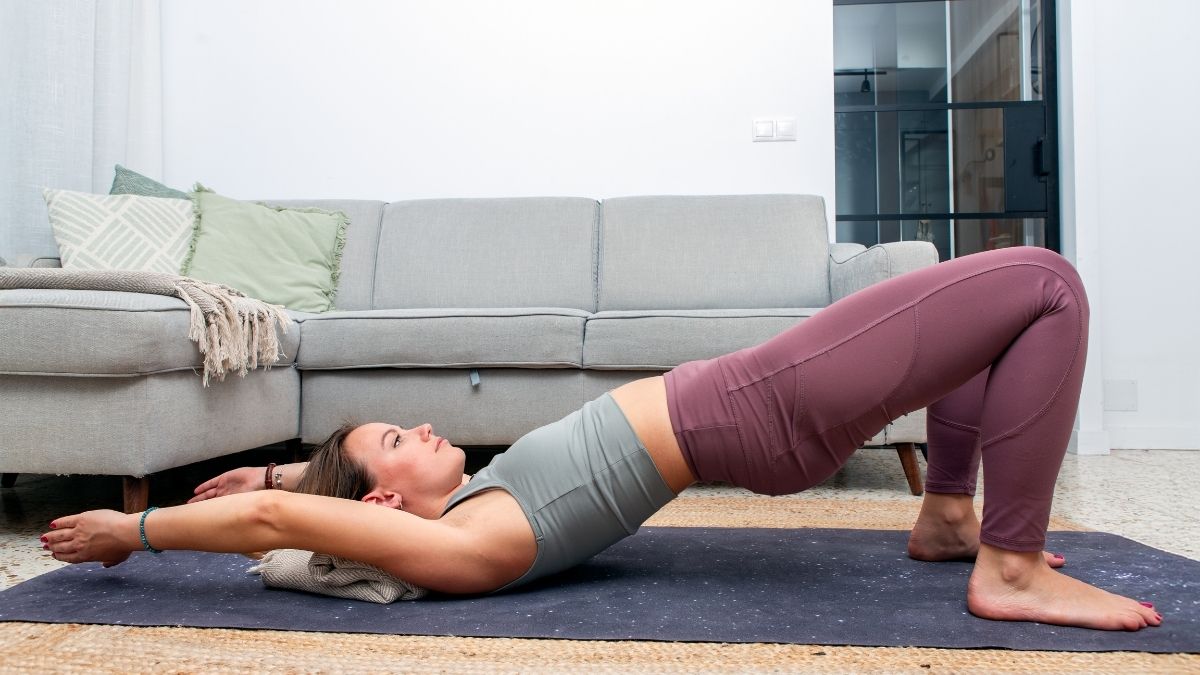
Weak glutes force your knees to work harder. This exercise fixes that. Don’t arch your back. The lift should come from your butt muscles, not your lower back.
Your Weekly Exercise Plan
Do these exercises 4-5 times per week for real results. Start with 5-10 minutes of gentle walking as a warmup. Your muscles need to be warm before you strengthen them.
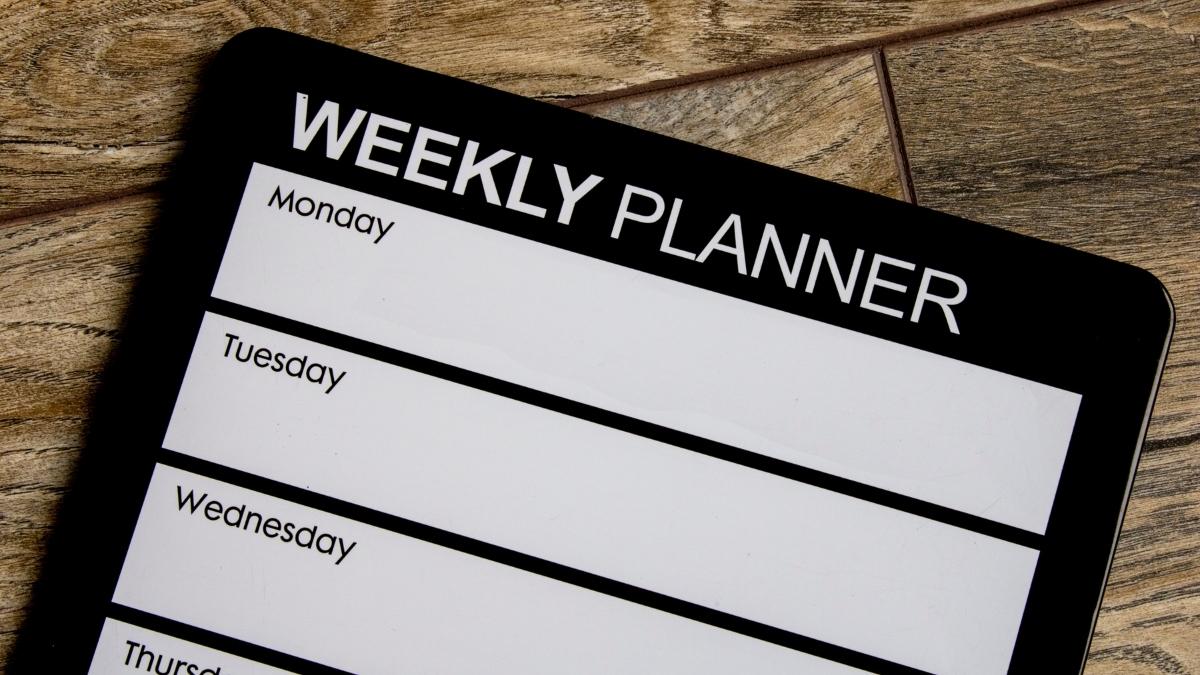
Week 1-2: Do one set of each exercise. Week 3-4: Add a second set. Week 5+: Add light resistance bands or ankle weights. Track your progress. Write down how many reps you can do without pain increasing.
Rest days matter. Your muscles rebuild on off days. If an exercise causes sharp pain, skip it. Dull muscle burn is okay. Sharp joint pain means stop.
Final Thoughts:
Millions of people deal with knee pain when walking, but you don’t have to accept it as your new normal. The 2024-2025 research is clear: simple changes work as well as medication without the side effects.
You learned three proven fixes today. Adjust your walking gait by turning your toes 5-10 degrees. Strengthen your quadriceps with exercises like straight leg raises and wall sits. Move regularly with low-impact aerobic exercise like cycling or brisk walking.

Here’s what to do right now: Pick one exercise from this guide. Commit to doing it daily for the next two weeks. Write down your pain level each day on a scale of 1-10. Watch it drop.
Consistency beats intensity every single time. Five minutes of quad sets daily works better than an hour-long workout once a week. Your knees respond to regular, gentle attention.
Managing knee pain when walking is within your control with the right knowledge and action steps. You have both now. Start small. Stay consistent. Your knees will thank you.
Track your progress. Celebrate small wins. And remember: movement heals, but the right movement heals faster.




